This article is part of a series discussing the value of machine data for shop floor management systems. Integrating machine assets into your connected factory ecosystem unlocks accurate, real-time production data that can be used to enhance not only production, but many other functions across both the shop floor and in business operations, from maintenance and quality, to quoting and planning.
The Downside of MES
Manufacturers have long used Manufacturing Execution Systems (MES) to help manage production. And whether standalone or as part of a broader ERP system, MES has played a significant part in managing and improving production.
With that said, there are significant drawbacks to legacy MES solutions.
While MES has helped elevate manufacturing data to a higher level in the day-to-day management of equipment and production processes, it still relies on process-driven operations with manual data collection and entry. It’s also people-driven and often suffers from a lack of interoperability with other enterprise software.
In order to improve the effectiveness of an MES, manufacturers can exploit a valuable resource on the shop floors: Machine Data. This data, when unlocked, offers a stream of real-time information that can be used to enable better decision-making, more effective management, and even automation.
The Link Between Machine Data and MES
Manufacturers need to understand the realities on the ground of the plant floor. And they need to be able to act on those realities to improve production output, efficiency, quality, and capacity utilization. A strong MES can provide information that assists decision-makers in determining how to best respond to these realities... when enabled with accurate production and condition data.
Machine data provides a critical link in the information chain by enhancing the accuracy and efficiency of both the decision-making and process management responsibilities. With real-time actionable insights driven by machine data, managers and operators can leverage the functionality of their MES to improve processes and performance.

How Machine Data Adds Value to an MES
Using machine data allows manufacturers to take their MES to the next level. But first, manufacturers must find a way to autonomously collect the machine data and get it into their MES. With a machine data platform like MachineMetrics, machine data is autonomously collected, standardized, and contextualized before being sent to the MES where its value can be further unlocked.
Below we break down how machine data adds value to the core functions of an MES system.
Data Collection and Aggregation
Manual data collection is slow, error-prone, and subject to bias or omission. A machine data platform like MachineMetrics automates data collection and standardizes it into common data structures so that systems like an MES can consume and use the information.
The insights generated by a real-time machine data platform let managers take action based on accurate insights. Instead of wasting time manually collecting and analyzing data, managers and operators can spend more time making decisions and producing parts.
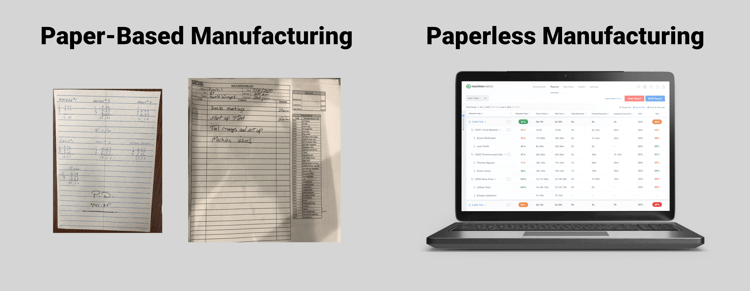
Resource Management
Even simple manufacturing operations have difficulty managing resources. This difficulty increases exponentially in complex environments. Resource management is either completely manual or done imperfectly using a one-size-fits-all MES. The lack of ability to access or collect real-time production data makes manual analysis of outputs more likely, resulting in a slower and less accurate analysis.
How much material, labor, and machines are needed? Can you take on a new customer right now? How effectively is your maintenance team performing? How many more parts do you need to produce this month? What is the cycle time of the newest process?
There are a lot of questions that need to be answered. With faulty data, the answers are likely to be grossly inaccurate.
When combined with the power of a machine data platform, accurate production data from equipment in the factory highlights bottlenecks and capacity constraints.
These insights help managers easily identify under-utilized resources such as equipment and labor, so that they can be re-allocated appropriately.
Scheduling and Planning
Scheduling and planning have traditionally been as much an art form as a business function in many manufacturing companies. This stands true whether they were manually done or done in conjunction with standalone planning software that operates in the same siloed bubble as an MES.
In these cases, the longer the time period under review, the less accurate the insights. This is true of long-term planning such as estimating demand and supply as well as more common measurements such as cycle times, part counts, and quality rejects.
Manufacturers can develop schedules that use real-time data for trend analysis, process improvement, and bottlenecks. These schedules can be planned for the shift, machine, operator, or job. And because the data reflects the current conditions on the floor, adjustments can be made promptly.
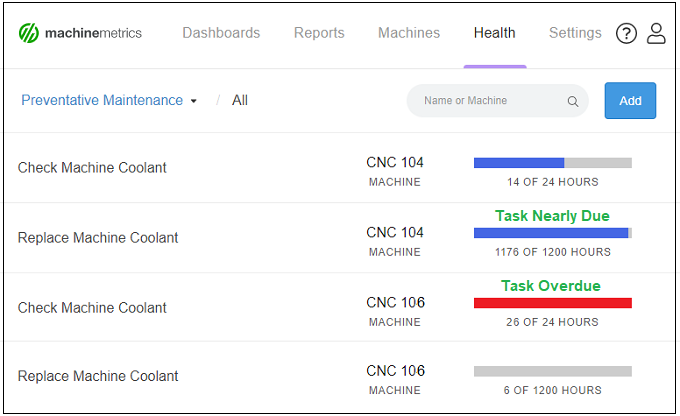
Quality Assurance and Quality Control
Quality can make or break a manufacturer in terms of cost and brand. And for most MES, quality figures must be transferred based on manual counts. Information is often transferred more than once, diluting accuracy or compounding errors.
With a machine data platform, the quality of data impacts production quality because rejects are accurately counted and reported. The benefit also extends beyond counting because it allows managers and operators to identify higher than average off-quality counts and take action to prevent further problems.
Equipment Maintenance
Equipment and machinery are a manufacturer’s lifeblood, but keeping them in shape is an expensive task. Traditional maintenance philosophy coalesced around preventive maintenance. But because these programs were manually managed, the threat of over-maintaining or under-maintaining were real problems that cost money and productivity.
A machine data platform using real-time machine data looks at machine usage, health, and performance data to enable a condition-based program. It can also deliver diagnostic data to understand a machine’s actual condition and quickly alert and notify operators of problems. MachineMetrics can also be directly integrated with CMMS solutions like FiiX and UpKeep if that is where maintenance is managed.
Using machine data in an MES allows maintenance managers to develop predictive and prescriptive plans that lower cost, reduce wear, extend the life of machines, and unlock capacity.
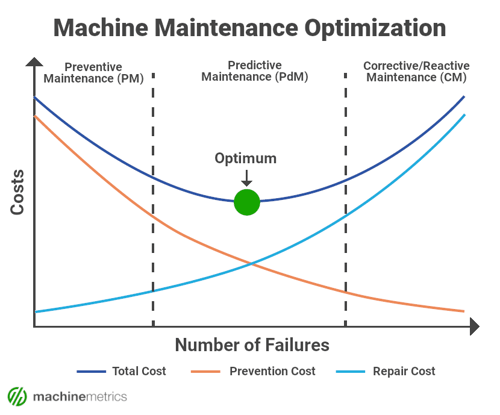
Production Performance Analysis
The purpose of MES systems is to allow managers to understand the performance of their production processes. But the capability is only as good as the data that goes in. Manual data, missing data, or siloed and unstructured data mean that the output of an MES will lack accuracy.
Machine data is a more accurate lens that unlocks the potential of an MES. With a machine data platform, downtime, cycle time, capacity, quality, and other variables are captured and used in an MES as a true reflection of the factory floor.
How Machine Data Can Be Leveraged Using Your MES
Is it time to automate your data collection and take your MES to the next level?
MachineMetrics can automatically track machine conditions and operations, allowing complete shop floor visibility to make better decisions and automate processes.
Management solutions like MES can be easily integrated via native integration or with the MachineMetrics API. This will ensure the core functionality of your MES can rely on accurate, real-time production data.
Learn more about MachineMetrics’ integrations or set up a time with our team to discover the true impact of a machine data platform.
Want to See the Platform in Action?





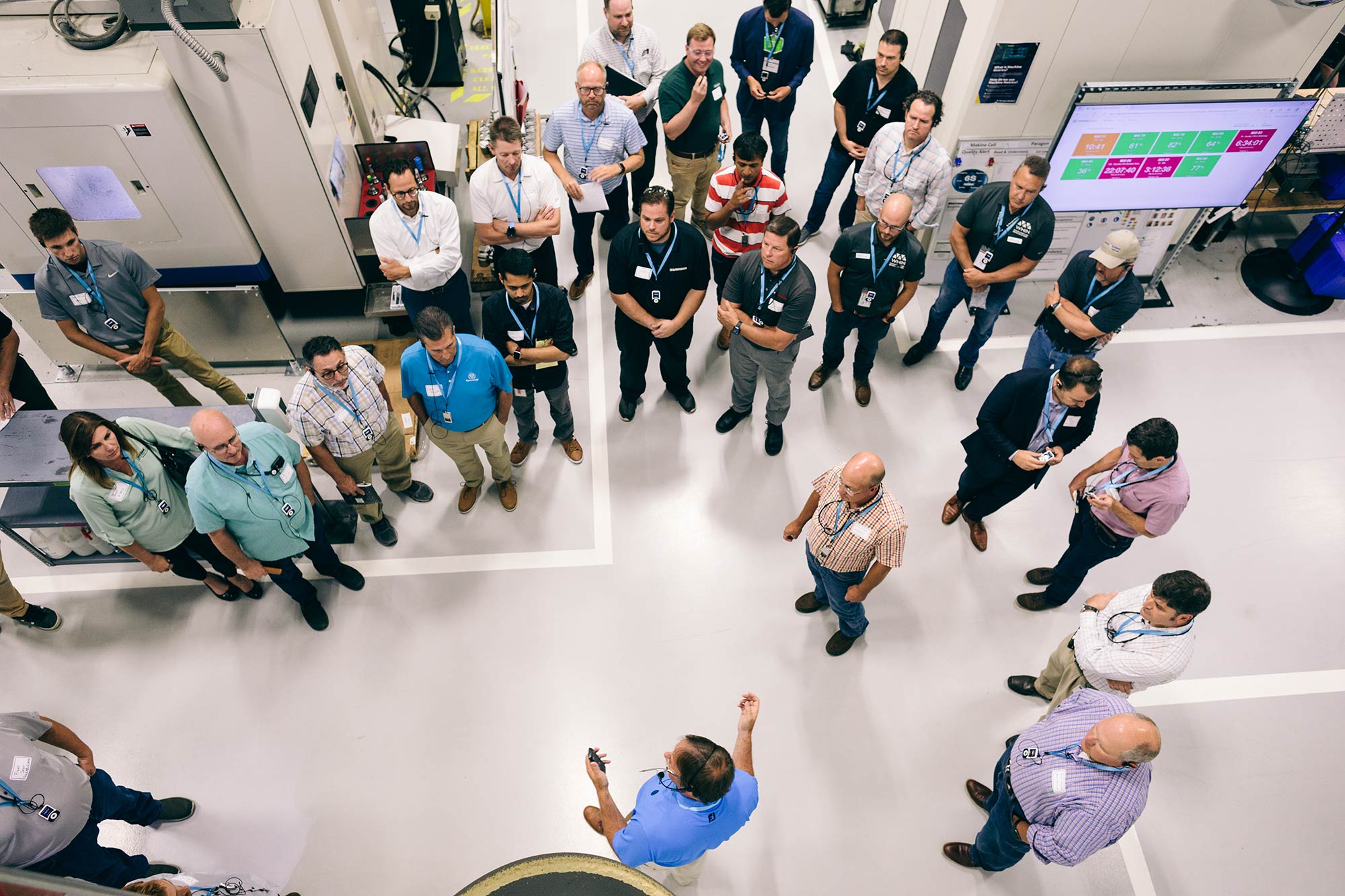
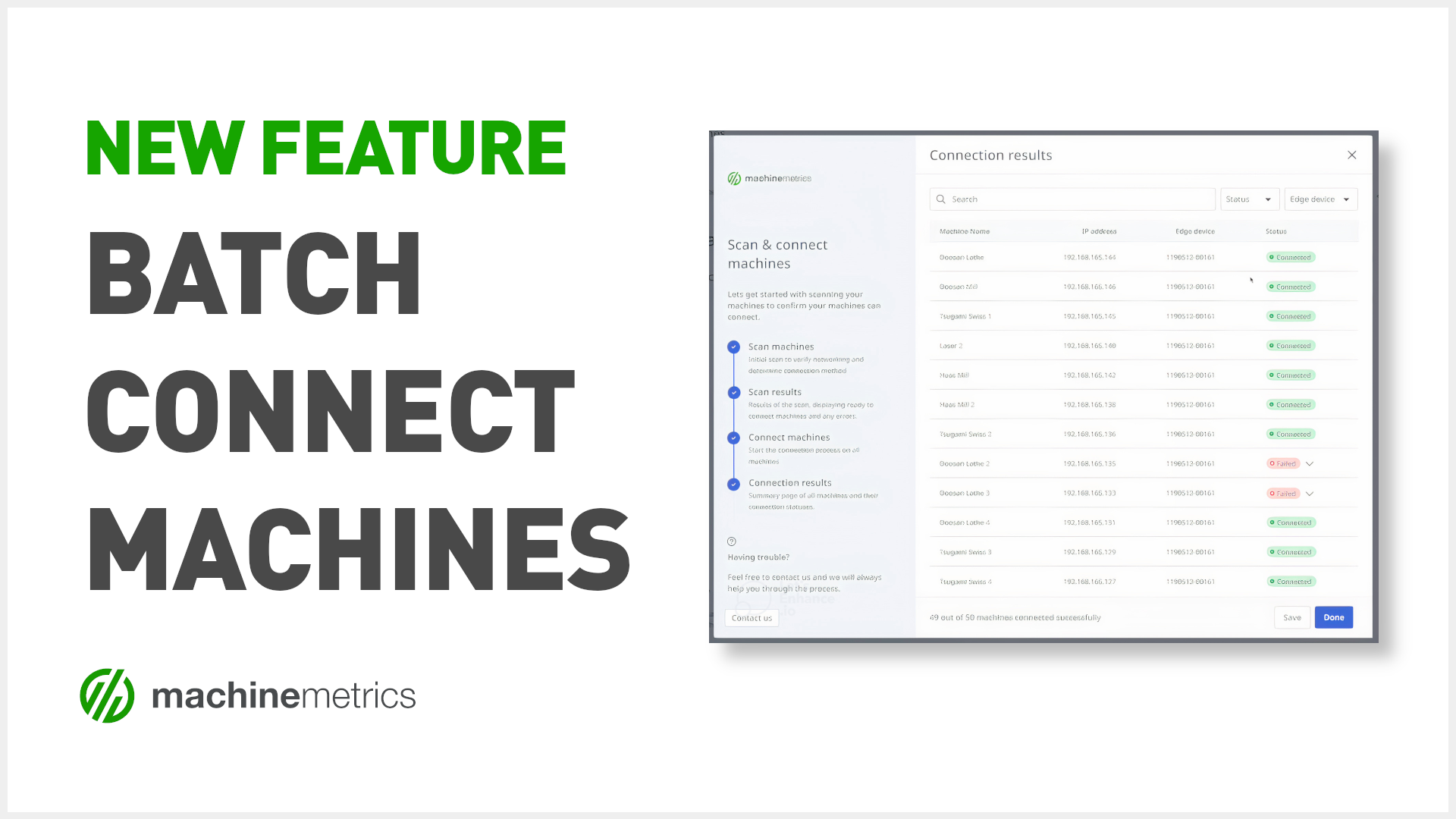
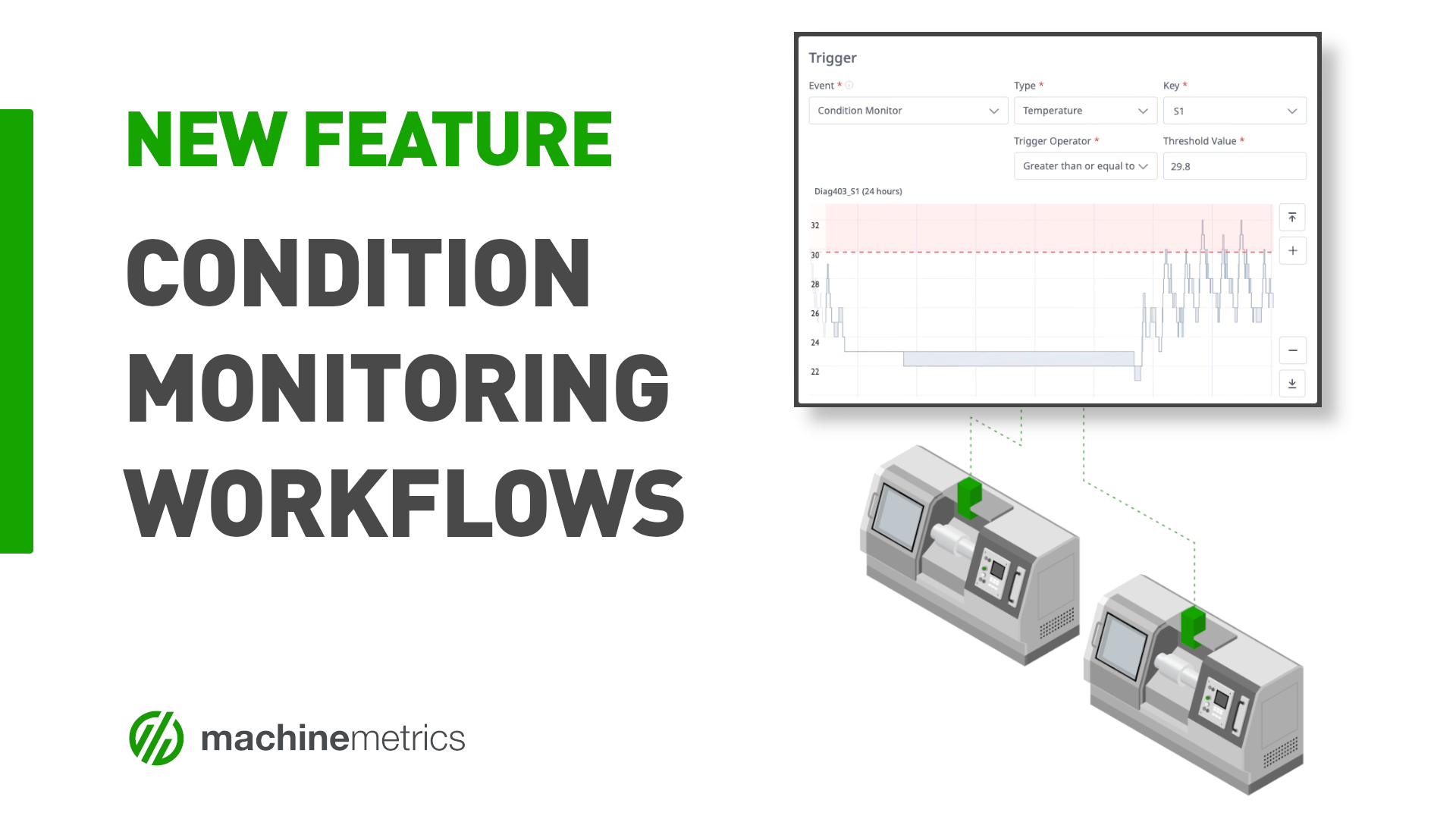

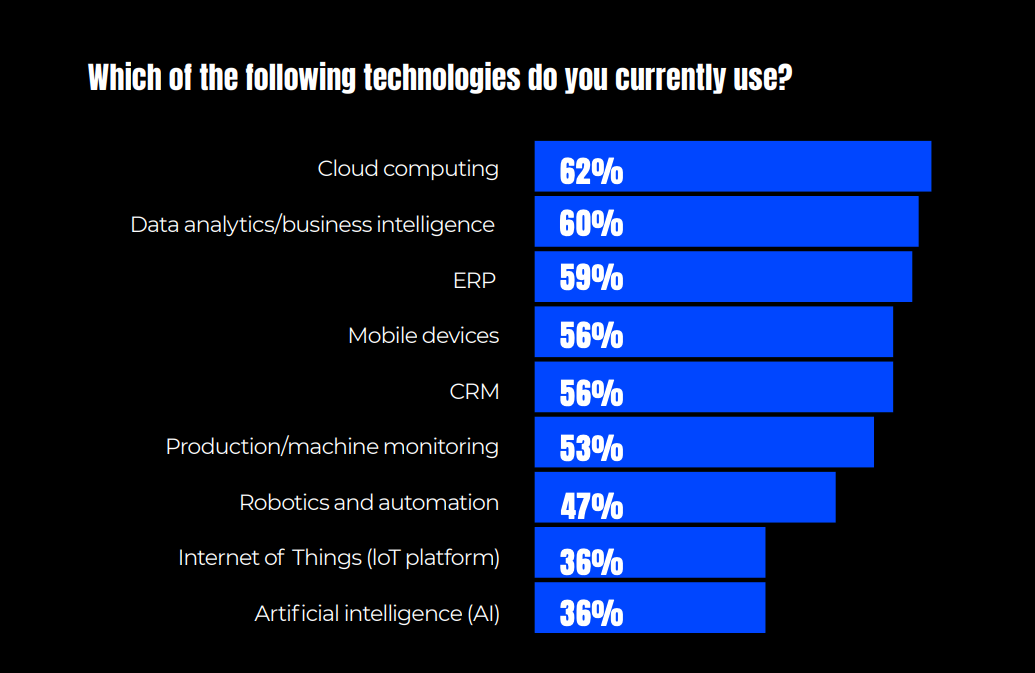
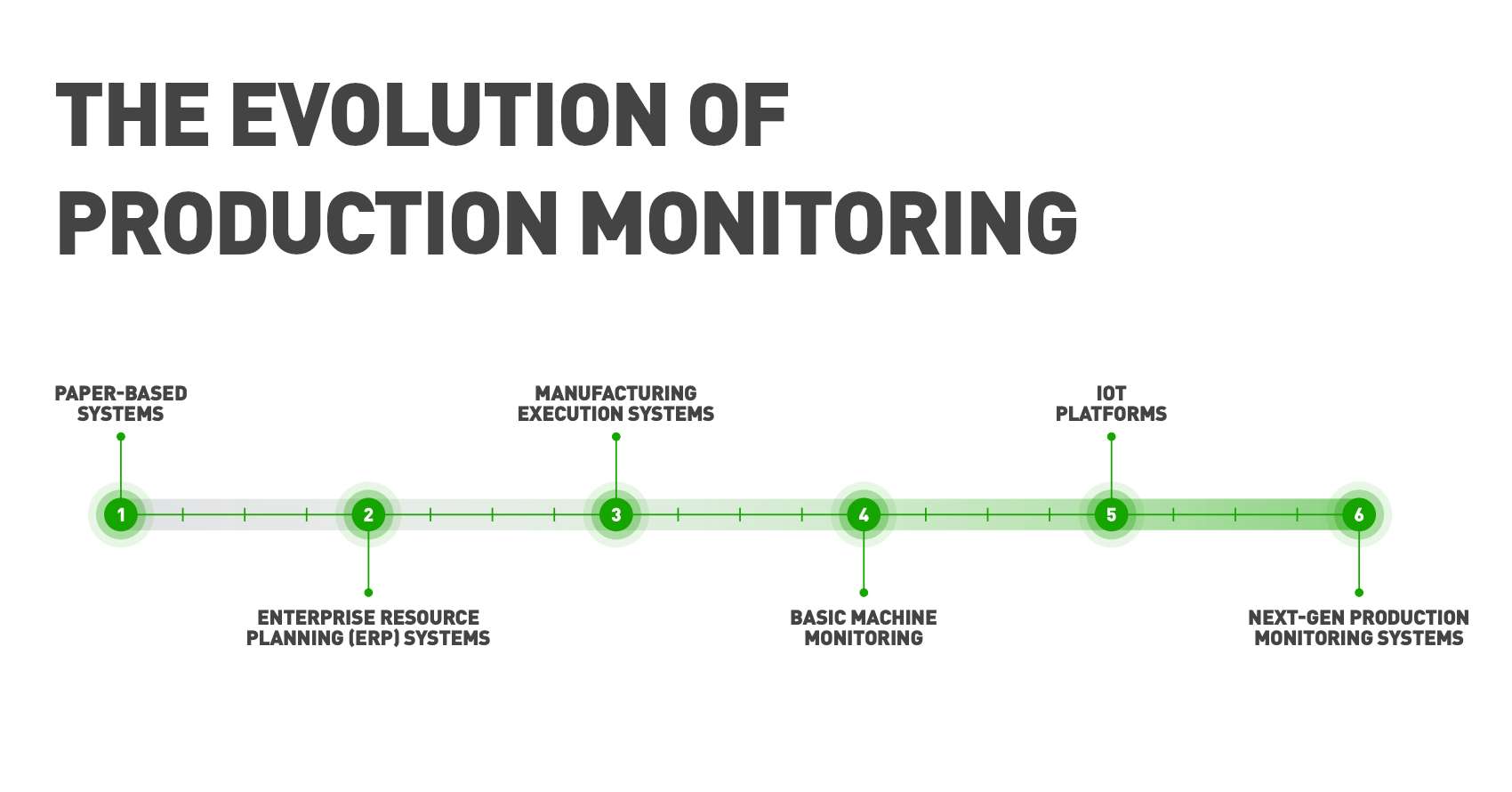

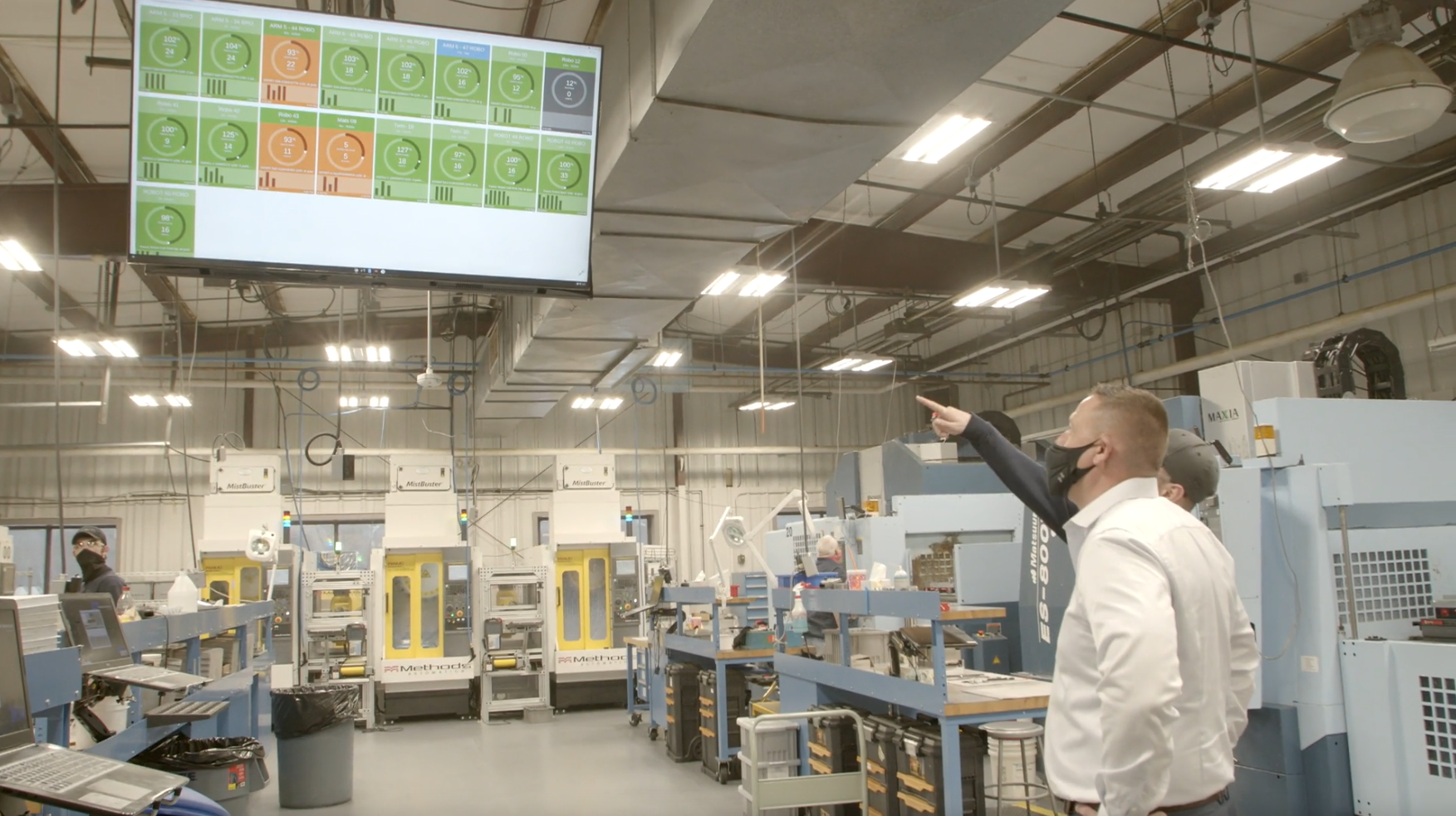
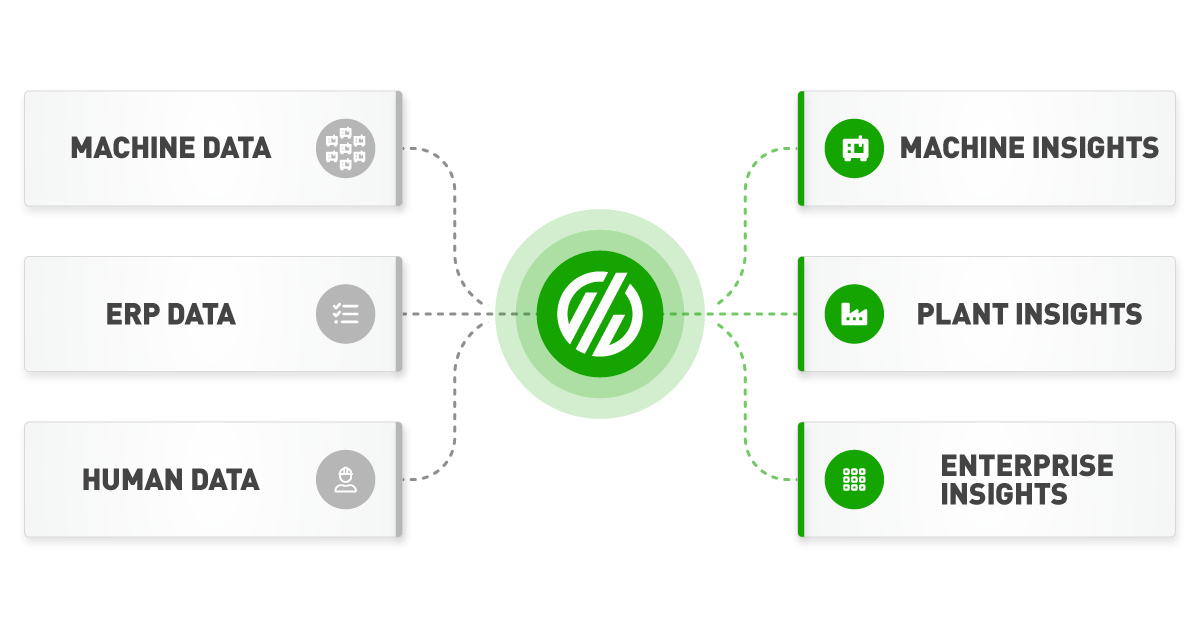
Comments